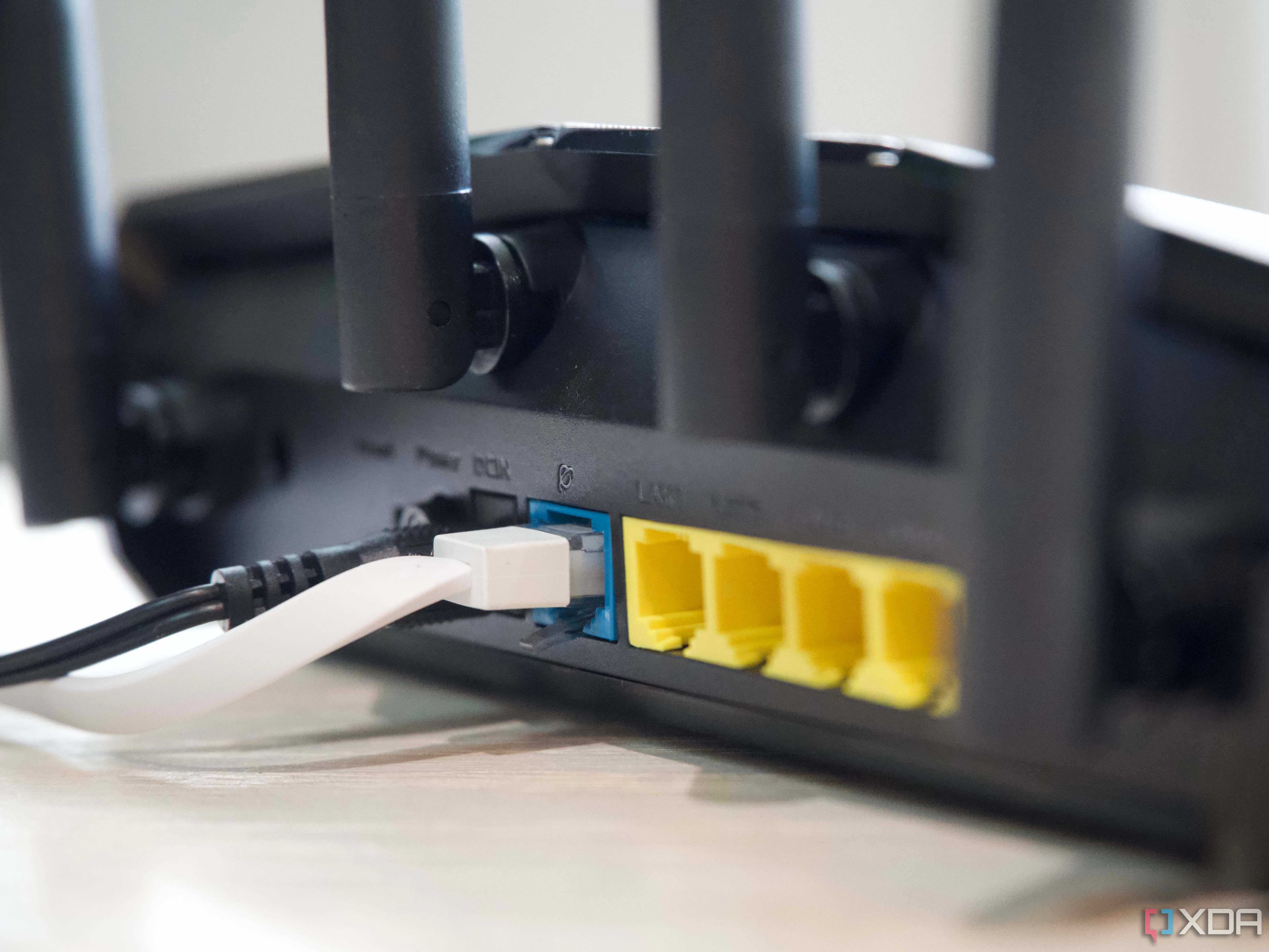The history of the internet is marked by various milestones and technological advancements. One significant development in this journey is the birth of Ethernet. Although the internet as we know it today was established in 1983 with the implementation of the TCP/IP protocol, the groundwork for Ethernet was laid a few years earlier.
On September 30, 1980, the first Ethernet specification was published after undergoing development at Xerox PARC between 1973 and 1974. Ethernet was inspired by ALOHAnet, which Robert Metcalfe studied as part of his Ph.D. dissertation. Metcalfe, who later left Xerox to establish his own company, managed to convince Digital Equipment Corporation (DEC), Intel, and Xerox to collaborate and promote Ethernet as a standard.
In pursuit of this goal, Xerox agreed to relinquish control of the Ethernet trademark. This paved the way for Ethernet to replace other wired LAN (Local Area Network) technologies like Token Ring, FDDI, and ARCNET. Over the years, Ethernet evolved and grew to become a mainstay on practically all computers.
The publication of the first Ethernet standard, titled “The Ethernet, A Local Area Network. Data Link Layer and Physical Layer Specifications,” took place on September 30, 1983. This specification defined the requirements for achieving 10Mbit/s with 48-bit destination and source addresses, as well as a global 16-bit Ethertype-type field. The Ethertype serves to identify the protocol of the data within a frame, which is the unit of measurement for data transmitted over a network.
A subsequent version of Ethernet, known as Ethernet II, was published in 1982. This version defined additional aspects of the frame data and subsequently laid the foundation for the IEEE standardization process. The culmination of this process led to the final publication of the standard on June 23, 1983.
Ethernet continued to undergo numerous upgrades and improvements in the following years. These advancements included improvements in bandwidth and a shift to 10BASE2, which involved the use of inexpensive coaxial cable.
Even in the present day, Ethernet remains a widely used and reliable method for connecting devices to a network. Its ubiquity is largely thanks to the widespread availability of Ethernet ports and the compatibility of various devices, including those with USB-C ports that can connect to Ethernet using a dongle. Ethernet has not only survived but thrived from its inception decades ago, gaining upgrades and improvements along the way. Despite these changes, the Ethernet port has retained its name and recognition, with people today still understanding its significance just as they did when it first emerged.
As we reflect on the history of the internet, it is crucial to recognize the impact of Ethernet. This technology has laid the foundation for reliable and high-speed data transmission, allowing us to connect and communicate in the digital age.
